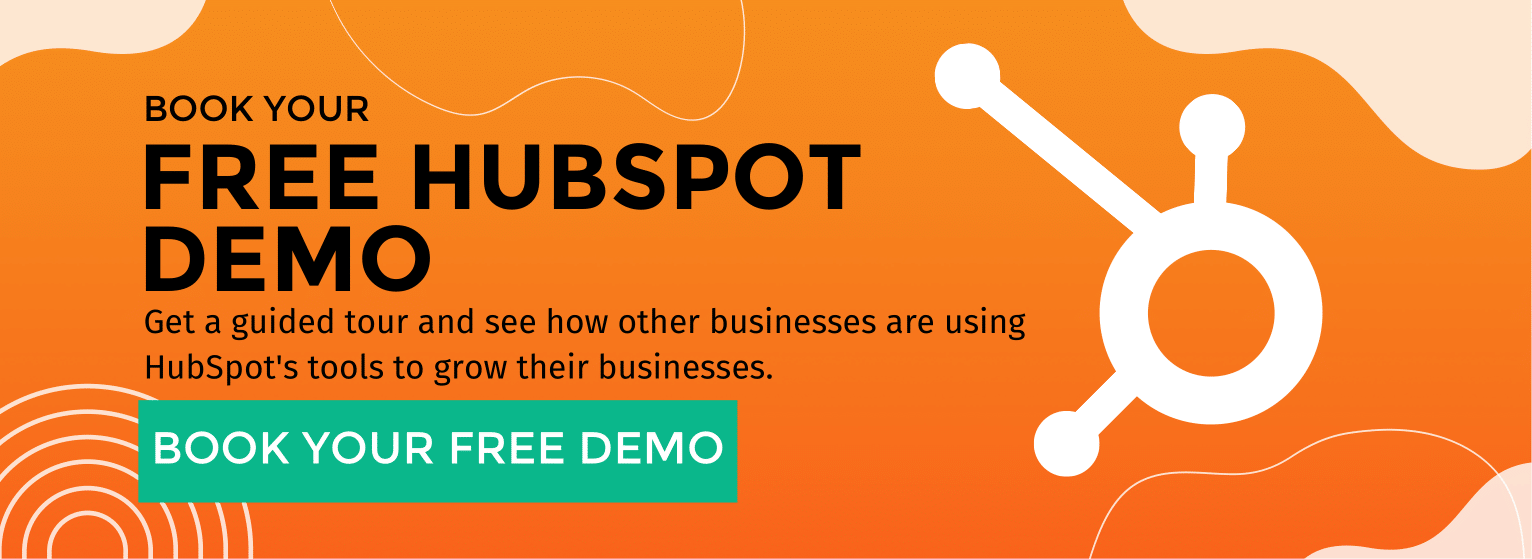Personalised Customer Journeys: Using Marketing Automation To Connect With Your Audience
.png?width=1100&height=750&name=Personalised-Customer-Journeys-Using-Marketing-Automation-to-Connect-with-Your-Audience(1).png)
The goal of marketing automation is categorically not to turn your marketing strategy into some sort of robotic production line. Quite the opposite. Marketing automation is designed to make it easier to create personalised customer journeys, overcoming the time limitations of sending time sensitive and relevant content to prospects manually.
In this article, we’ll look at four ways that you can use marketing automation to strengthen personalisation and engagement.
Data Collection And CRM Segmentation
Marketing automation and personalisation are both dependent on data. Data helps you understand your audience better, so that you can create marketing and sales material based on their individual preferences and behaviours.
A marketing automation platform makes it easier to gather data about your customers from various touch points, giving you greater insights into the ways they interact with your business, and what they’re looking for from a supplier. This data can come from email interactions, webpage visits, social media shares, and purchases – and you can also make broad generalisations about your customers based on their purchase history, browsing behaviour, location, and demographics. Segment your CRM audience based on this data, remembering to update your segments regularly to reflect any changes in preferences and behaviours.
Personalised Email Marketing
One of the most lucrative uses of marketing automation is to create email campaigns that deliver tailored content and offers to specific buyer personas and segments of your market. Many platforms (e.g. HubSpot) let you set up automated email workflows triggered by customer actions, such as ‘thank you’ emails for new subscribers, renewal reminders etc). You can also tailor your emails with dynamic content blocks that include recommendations and information specific to their interactions with your business, such as information and incentives relevant to a service page they have visited on your site.
Behavioural Triggers And Automation
One of the questions we are often asked is how marketing automation platforms are able to personalise communications, and the answer is behavioural triggers. A behavioural trigger is used by the platform to automate responses based on a prospect’s actions, so they get the information they are looking for at the time they need it. A wide range of behaviours could trigger an automated response, including email opens, webpage visits, and clicks on links. The workflows themselves are highly customisable, too, with many businesses using personalised email drip feed sequences to progressively develop engagement with a prospect until their lead score indicates a readiness to convert.
Dynamic Website Content
In traditional websites, what you see is what you get, and it’s the same for one visitor as it is for another. Not so with dynamic content. Dynamic content personalises areas of your website to match the interests and needs of individual visitors, which is an extremely useful nurturing tool for repeat visitors to your site. This could, for example, allow you to show different service recommendations to returning visitors, suggest appropriate downloadable content, or provide a discount through a personalised pop-up or banner.
What Next?
The ways that you can use marketing automation to personalise your customer experience are almost endless, with the potential to increase engagement and conversions across all the channels you use. To find out more, get in touch with JDR today by clicking here.
Image Source: Canva



